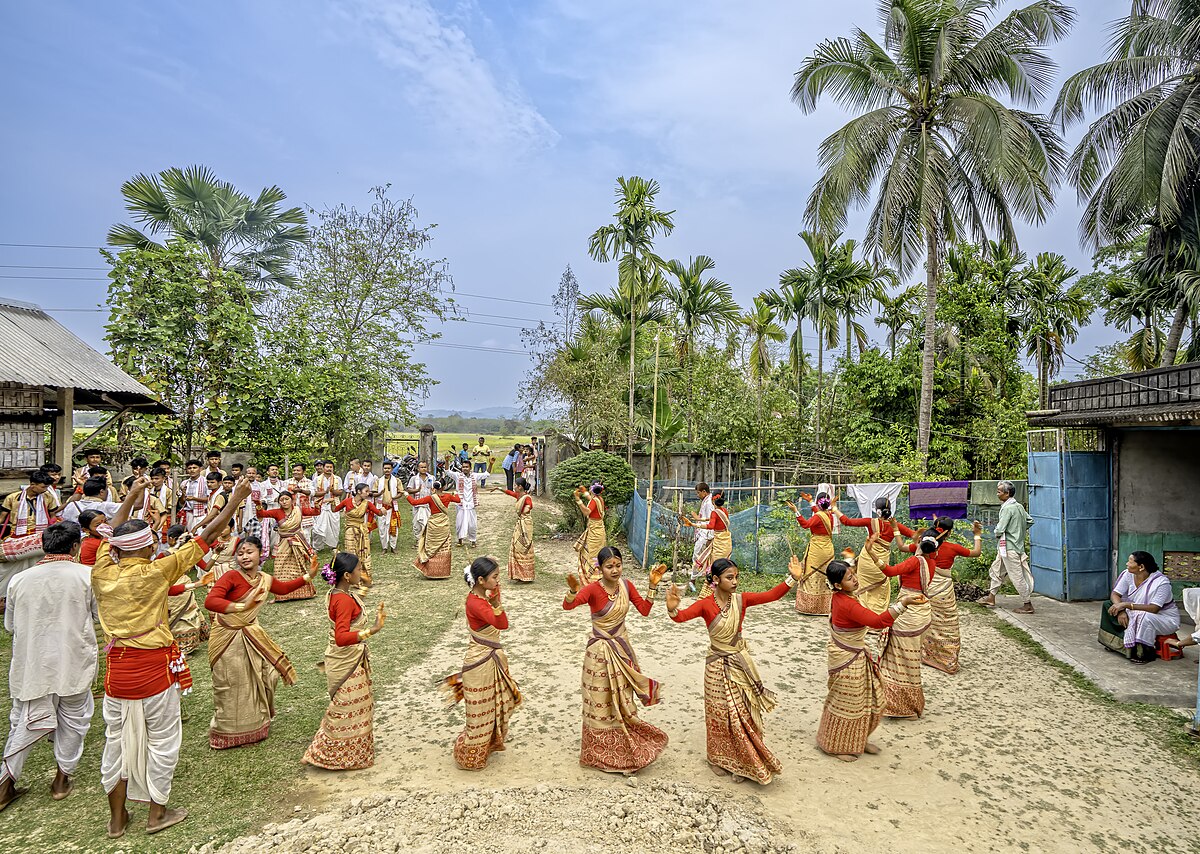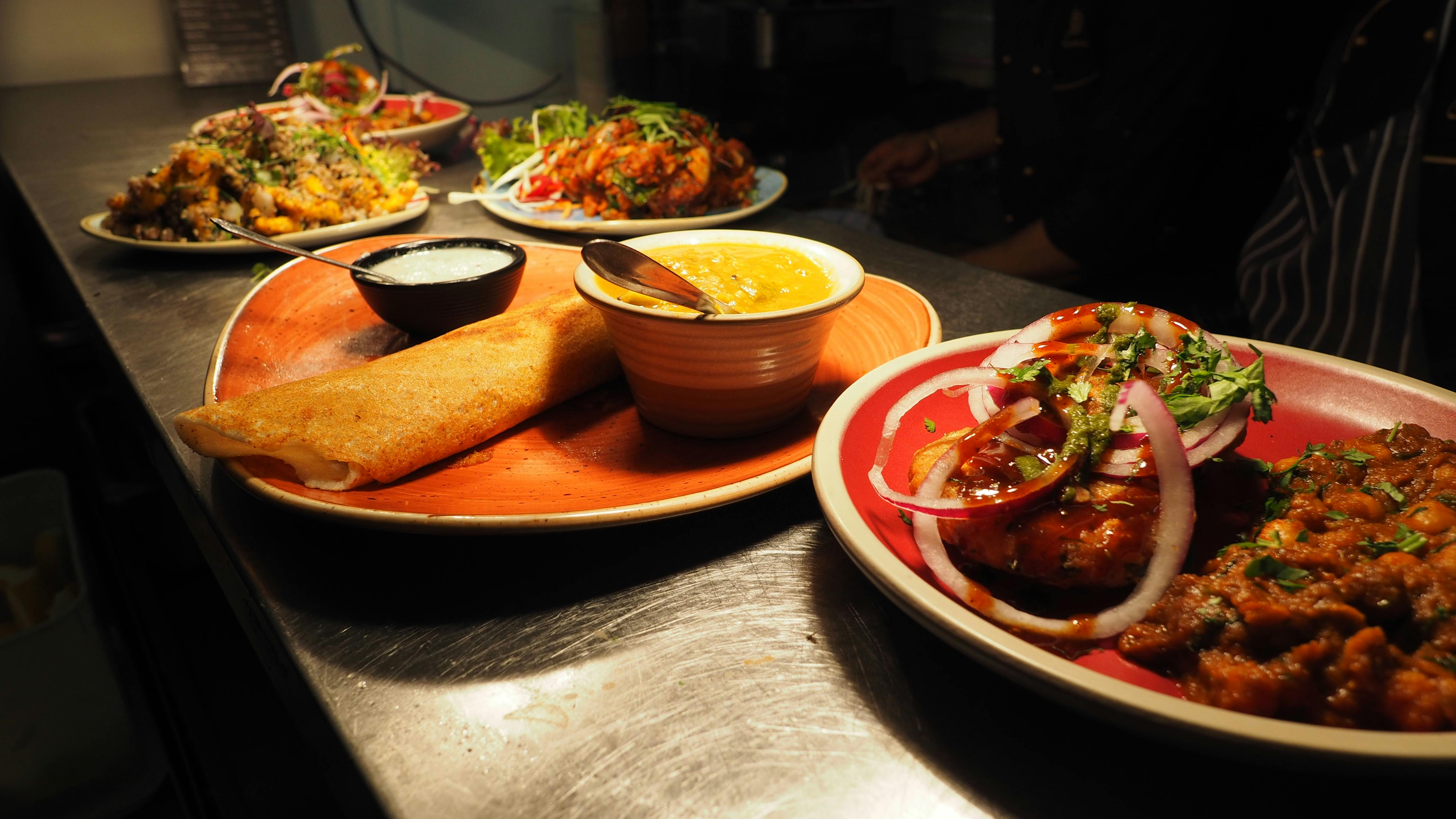India’s Harvest Festivals
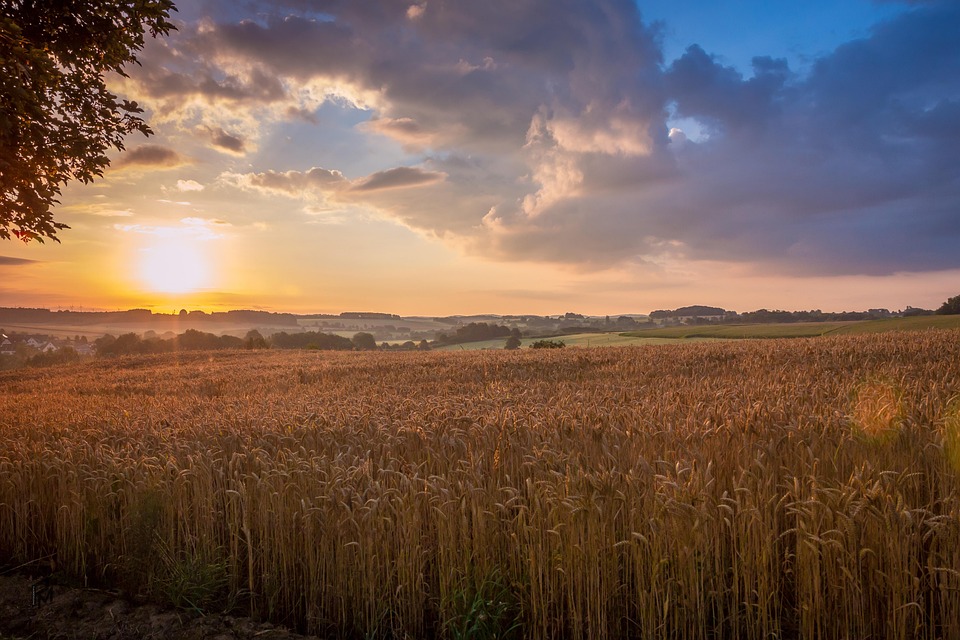
India is known for its many festivals, but the most pleasant are the harvest festivals, which are vibrant events honoring the natural world for a successful agricultural season. These celebrations highlight regional variety, ancient rituals, and the spirit of community. It is not only closely linked to the rhythm of the earth but also has its roots in India's agricultural heritage.
The Harvest Festival, which is celebrated in several states of India in different and vibrant ways, signifies the end of the crop harvesting season. Farmers celebrate the results of their labors during this period. Villages come together with music, dance, and ceremonies giving thanks to the earth, sun, and rain for a rich harvest; fields are golden; and houses are filled with fresh grains.
1. Lohri
 Lohri is celebrated on January 13 to honor the harvest of sugarcane and other rabi crops, marking the end of the winter season. It is a time of joy, togetherness, and thankfulness. Families and neighbors gather around a big bonfire, which is honored. People sing traditional songs, throw peanuts, popcorn, gur (jaggery), phuliya (puffed rice), and til (sesame seeds) into the fire. These customs serve as manifestations of cultural preservation and unity among communities, in addition to serving as acts of devotion.
Lohri is celebrated on January 13 to honor the harvest of sugarcane and other rabi crops, marking the end of the winter season. It is a time of joy, togetherness, and thankfulness. Families and neighbors gather around a big bonfire, which is honored. People sing traditional songs, throw peanuts, popcorn, gur (jaggery), phuliya (puffed rice), and til (sesame seeds) into the fire. These customs serve as manifestations of cultural preservation and unity among communities, in addition to serving as acts of devotion.
Why Lohri Is Celebrated:
Lohri is a festival of gratitude. Farmers celebrate this time to give thanks to Agni (fire), the Sun God, and nature for the blessings and energy that enable their crops to grow. This occasion also marks the beginning of the sun's journey north (Uttarayan), which is crucial for agricultural prosperity, as it signifies longer days, warmth, and a new cycle of life.
Beyond just a festival, Lohri is a celebration of tradition, optimism, and the balance between nature and humanity. The spirit of Lohri serves as a reminder of the importance of community, perseverance, and thankfulness for the land that supports us, regardless of whether we are in a busy city or a small town.
2. Pongal
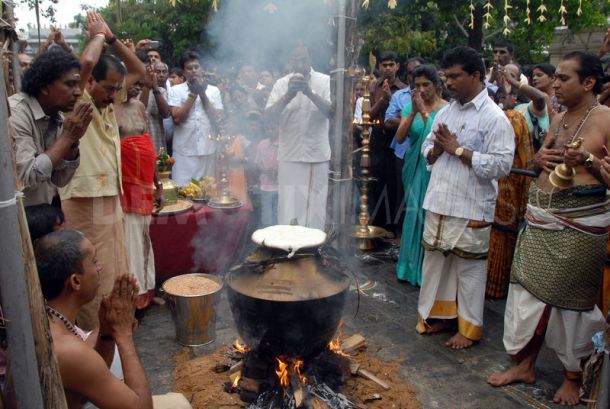 Pongal is one of the most significant and widely observed harvest celebrations in South India, especially in Tamil Nadu. Celebrated in the middle of January, it falls on Makar Sankranti and, according to the Tamil calendar, marks the beginning of the Thai month. which is considered to bring luck and new beginnings. This four-day celebration honors the soil, farm animals, and Sun God (Surya) for sustaining a healthy crop. Using freshly harvested rice, jaggery, milk, and ghee, the traditional sweet dish "Pongal" represents prosperity and is the source of its name.
Pongal is one of the most significant and widely observed harvest celebrations in South India, especially in Tamil Nadu. Celebrated in the middle of January, it falls on Makar Sankranti and, according to the Tamil calendar, marks the beginning of the Thai month. which is considered to bring luck and new beginnings. This four-day celebration honors the soil, farm animals, and Sun God (Surya) for sustaining a healthy crop. Using freshly harvested rice, jaggery, milk, and ghee, the traditional sweet dish "Pongal" represents prosperity and is the source of its name.
Rituals and Cultural Significance:
Pongal, which represents the connection between people and nature, has its roots in Tamil agrarian culture. Every festival day has its customs and significance.
Bhogi Pongal: The first day is dedicated to purification and renewal. In order to symbolize the burning of negativity, people throw away old belongings and ignite bonfires with wood and dried cow dung cakes.
Surya Pongal: This is the second and most significant day, dedicated to the Sun God(Surya). Families get up early, decorate their doorsteps with vibrant kolams (rangoli), and prepare the Pongal dish in a traditional clay pot, leaving it to boil over, which is a lucky symbol of prosperity.
 Mattu Pongal: On the third day, animals, the unnoticed heroes of agriculture, are honored. In addition to being washed and decorated with paint, bells, and garlands, cows and bulls are praised for their role in agriculture.
Mattu Pongal: On the third day, animals, the unnoticed heroes of agriculture, are honored. In addition to being washed and decorated with paint, bells, and garlands, cows and bulls are praised for their role in agriculture. Kaanum Pongal: Animals, the unnoticed heroes of agriculture, are honored on the third day of Mattu Pongal. In addition to being washed and decorated with paint, bells, and garlands, cows and bulls are praised for their role in agriculture.
3. Magh Bihu
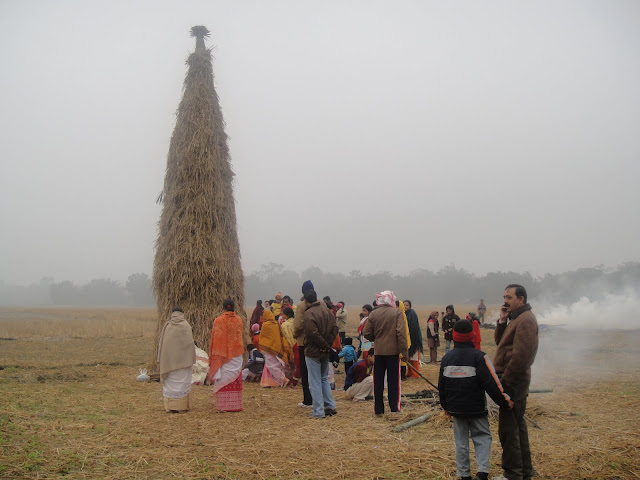 Magh Bihu, also called Bhogali Bihu, is celebrated in mid-January to mark the conclusion of the harvesting season. The word "Bhogali" comes from the word "Bhog," which means feast. Magh Bihu is all about food, fire, and gratitude, in contrast to other Bihus that emphasize dance and music. Families and friends get together to create a communal feast on Uruka, the night before the major day. Near the fields, temporary huts called "Meji" and "Bhelaghar" are constructed out of bamboo, hay, and leaves.
Magh Bihu, also called Bhogali Bihu, is celebrated in mid-January to mark the conclusion of the harvesting season. The word "Bhogali" comes from the word "Bhog," which means feast. Magh Bihu is all about food, fire, and gratitude, in contrast to other Bihus that emphasize dance and music. Families and friends get together to create a communal feast on Uruka, the night before the major day. Near the fields, temporary huts called "Meji" and "Bhelaghar" are constructed out of bamboo, hay, and leaves.
People prepare traditional foods such as: Pitha, Laru, which are coconut and sesame-based sweet balls, and meat, fish, and vegetables that have been boiled or roasted. People sing Bihu songs, play games, and celebrate in groups while spending the night beside bonfires. The Meji huts are burned before sunrise as a sign of purification and thanksgiving to the Fire God (Agni Dev).
Why Magh Bihu Is Celebrated:
Magh Bihu celebrates abundance after working in the fields for months. The purpose of the festival is to:
Thanking nature for an abundant harvest.
Clean and reset before the next seeding cycle.
Promoting unity in society by hosting fireside parties and sharing meals.
4. Baisakhi
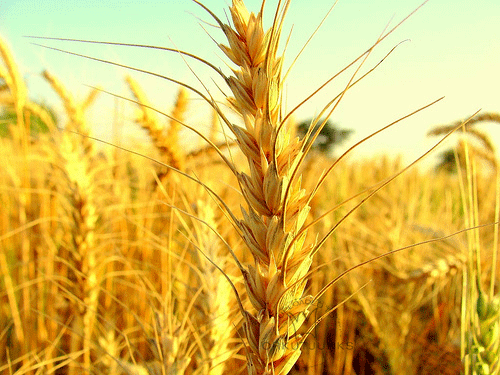 Baisakhi is Punjab's famous harvest festival, held on April 13 or 14 and signifies the ripening of the rabi crops, particularly wheat. It's a moment to celebrate and express appreciation for the results of their labors to farmers in Punjab and northern India. However, Baisakhi is more than just a celebration of agriculture; it has profound theological and historical significance in Sikhism, which makes it a lively fusion of celebration, spirituality, and culture.
Baisakhi is Punjab's famous harvest festival, held on April 13 or 14 and signifies the ripening of the rabi crops, particularly wheat. It's a moment to celebrate and express appreciation for the results of their labors to farmers in Punjab and northern India. However, Baisakhi is more than just a celebration of agriculture; it has profound theological and historical significance in Sikhism, which makes it a lively fusion of celebration, spirituality, and culture.
Baisakhi is also a happy harvest festival in Punjab. Farmers pray for prosperity in the upcoming year and express gratitude to God for a bountiful harvest. Ripe wheat turns fields golden, and traditional cuisines, dancing, and song fill homes. People wear vibrant traditional clothing, and the day is full of energetic Bhangra and Giddha performances set to the dhol's rhythms.

